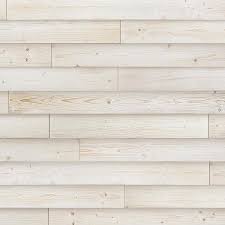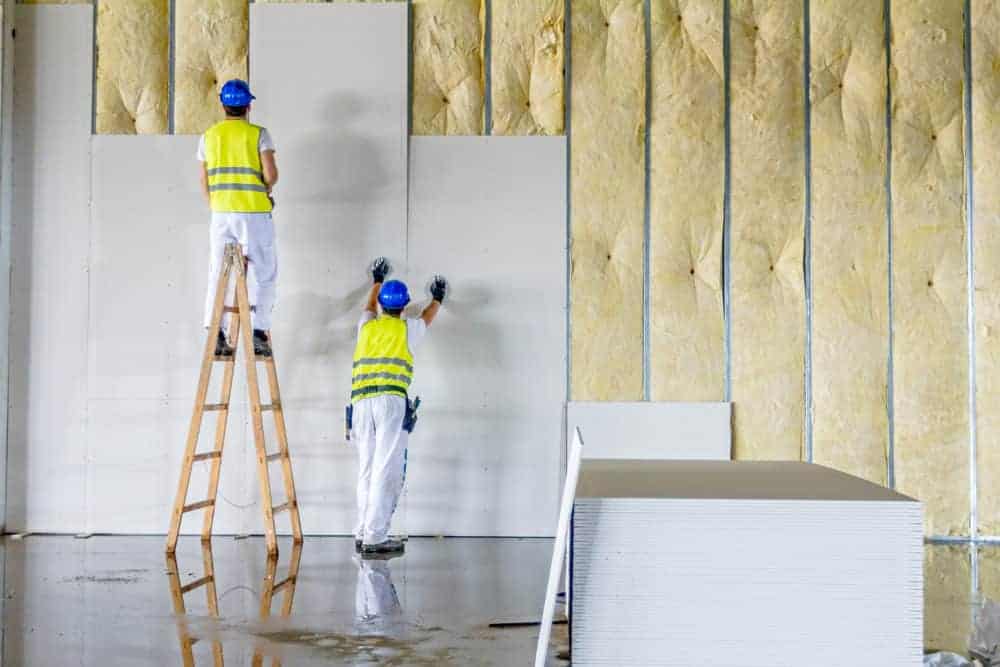Shiplap is a type of siding that is becoming increasingly popular in residential construction due to its unique aesthetic and durable construction. While drywall may be the traditional option for interior walls, shiplap offers several advantages that make it worth the extra cost.
Shiplap offers a more distinct and attractive look and is much more resistant to damage than drywall, making it ideal for areas prone to moisture or wear and tear. In addition, the homeowner can often install shiplap or someone with basic carpentry skills without needing professional services, making its installation a more affordable option.
With its increased durability and customizability, shiplap can be used in new and renovation projects, allowing homeowners to create a space designed specifically for their needs and style.
 What is shiplap?
What is shiplap?
Shiplap is a traditional wooden (or PVC) board consisting of horizontal or vertical sheets with unique channels in the panels. It is commonly used as exterior siding in the construction of residences, barns, sheds, and outbuildings.
is a traditional wooden (or PVC) board consisting of horizontal or vertical sheets with unique channels in the panels. It is commonly used as exterior siding in the construction of residences, barns, sheds, and outbuildings.
It is specially designed and equipped with a unique notch cut or a rabbet on the edges, similar to tongue and groove siding. Apart from the peculiar features of tongue and groove boards that combine to form an interlock, shiplap boards also tend to overlap by adjusting through layering. If the rabbets are attached to the wall in a horizontal direction, the planks will self-space and adapt themselves to fit together firmly. This makes them water-resistant as the layering will keep them intact, and no amount of water can pass through them.
You can always install shiplap over drywall.
What is drywall?
Drywall represents a flat panel of gypsum plaster sandwiched between two thick paper sheets. Drywall is also known as sheetrock, which is composed of gypsum material. These boards are placed on the sides and forced into the walls through self-drilling drywall screws. This thick sheet material is commonly used to construct interior walls and ceilings. Drywall consists of large rigid sheets mounted without mortar or plaster.
represents a flat panel of gypsum plaster sandwiched between two thick paper sheets. Drywall is also known as sheetrock, which is composed of gypsum material. These boards are placed on the sides and forced into the walls through self-drilling drywall screws. This thick sheet material is commonly used to construct interior walls and ceilings. Drywall consists of large rigid sheets mounted without mortar or plaster.

Shiplap vs. drywall cost
Shiplap is more expensive than drywall. The average shiplap costs around $2.50 to $8 per square foot, while drywall costs $1.50 to $4 per square foot. The overall price of drywall is much lower because the materials used in drywall are cheaper than in shiplap. Shiplap installation takes more time than drywall installation.
Here are some reasons why shiplap is more expensive than drywall:
- Material cost: Shiplap is typically made of higher quality wood than drywall, such as cedar or pine, which can be more costly than the gypsum used in drywall.
- Installation cost: Shiplap requires more labor-intensive installation than drywall. It must be carefully cut, fitted, and secured to ensure a seamless and sturdy finish. This additional labor increases the overall cost of installation.
- Aesthetic value: Shiplap is considered more aesthetically pleasing than drywall, with its unique texture and natural wood grain. However, the added weight and beauty of shiplap contribute to its higher cost.
- Durability: Shiplap is more durable than drywall and can withstand wear and tear much better. It is also more resistant to moisture, mold, and mildew, making it ideal for use in areas with high humidity or moisture, like bathrooms or kitchens.
- Availability: Shiplap is not as widely available as drywall, and it may need to be specially ordered or custom-made, which can drive up the price.
These factors contribute to the higher cost of shiplap than drywall, with average shiplap costs ranging from $2.50 to $8 per square foot, while drywall costs $1.50 to $4 per square foot.
Nowadays, shiplap is the ultimate go-to choice of most homeowners, interior decorators, and construction experts. Many people consider shiplap application to be modern for beautiful wood siding. Besides its aesthetically pleasing features, shiplap is widely known for its multiple benefits.
One of the well-known benefits of installing shiplap planks is the quick and spontaneous application of wooden boards. It hardly takes time and can be done with little or no expertise, saving time and making it suitable. The process is simple and not complex as it involves hardly any tools such as a nailer, 4-foot level, and hands.
Additionally, the shiplap installation comes with a little mess compared to the drywall installation. Drywall can be categorized as a messy construction task involving multiple sanding, taping, and mudding stages. More tools are applied to shiplap, which requires just the simple pasting of the panels.
Moreover, the shiplap panels’ presence gives owners panels for hanging objects, including frames and wall hangings.
There is no need to look for studs because every panel has a space to hold the nail for different hanging frames and decorative objects. With this advantage, the durability of the shiplap is undeniable. The panels are 3 to 4 inches thick and made of pure solid wood, which is durable and resistant. They can also be elevated and extended to about 12 inches, whereas their drywall can be scratched and bent easily.
The concept of drywall does sound appealing but, at the same time, can be heavy on the pocket. It can get costly after a few taping stages, mudding, sanding, priming, and painting. The drywall cost will increase the budget if good construction companies and contractors are involved. It can fall somewhere around $1.50 to $1.80 per square foot. The owners must be mindful of the budget if they decide to drywall the wall and flat ceilings. Shiplap panels can be installed easily on stud walls or over the existing drywall for under $1 per square foot. It is a massive saving for those looking for a budget-friendly setup but is also a complete makeover of their houses.
Shiplap panels can range from around $2.50 to $8 per square foot in specific scenarios if actual boards are included. Regarding interior installation, interior installers spend around $500-$1500 for one room, making the average cost a thousand dollars. Shiplap installation consists of an additional fee of approximately $4000, whereas people spend an average of $2800-$7500. Some people prefer staining, ceiling painting, and paneling for protective uses from extreme weather damage, whether interior or exterior shiplap. In that case, the costs increase, but people who prefer installing shiplap in the role or original nature will keep revolving in the budget.
The installation and panels look unquestionably and unreasonably overpriced; however, ship lapping saves more money because the installation is easy and convenient, and labor costs are hardly high. Regarding the drywall installation, a 4 x 8″ sheet of plain drywall might be less inflated than a shiplap panel. Still, moving further along different drywall installation stages can be expensive at the last finishing process.
Painting, priming, and drywall work make processing time and money-consuming, especially when customized installation and preferences are involved. In addition, there is a huge added cost of labor because drywall installation requires professional expertise and previous know-how of the process. If continued without professional help, it can create a never-ending mess, leaving complex layers of dust around the room and making it tedious and exhausting.
The cost of shiplap also depends on the type of material used for the process. Woods such as pine, cedar, and oak are readily available. Because of their convenience and prevalence, the cost is reduced significantly if one of these materials is used. The wood’s quality reflects softness, giving the wall a fresh look once the paneling is completed.
The standard wooden panels, which are 1 inch thick and 3 to 10 inches wide, will cost around $170 for a wall. However, certain contractors and interior designers debate the price of shiplap and claim that it is usually more expensive than drywall because the cost depends on the material used for the cladding and fitting process. They believe drywall can be slightly more expensive than shiplap if its materials are less exclusive.
However, this is not the only factor to consider when renovating a house, as ship lapping offers other advantages and resourcefulness. The comparison revolves around labor costs and the budget to paint and finish both processes. Drywall is cheaper if the price of labor is completely removed from the impossible picture. Sanding, painting, priming, and ending the drywall requires professional handling and experts on the job for more than one day, increasing the cost.
The concept of ship lapping may go back to the ships’ exterior siding, and panel ships have more advantages than drywall. It is currently the foremost priority and preference of many homeowners and designers looking for a complete room transformation.
Shiplap is the choice for overhauling houses with many benefits and fewer shortcomings. The cleaning and maintenance of shiplap paneling are also barely necessary, so there is no need to worry about the drywall’s mudding and sanding mess.





